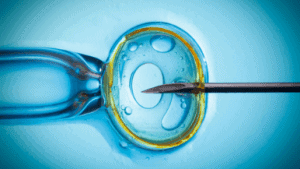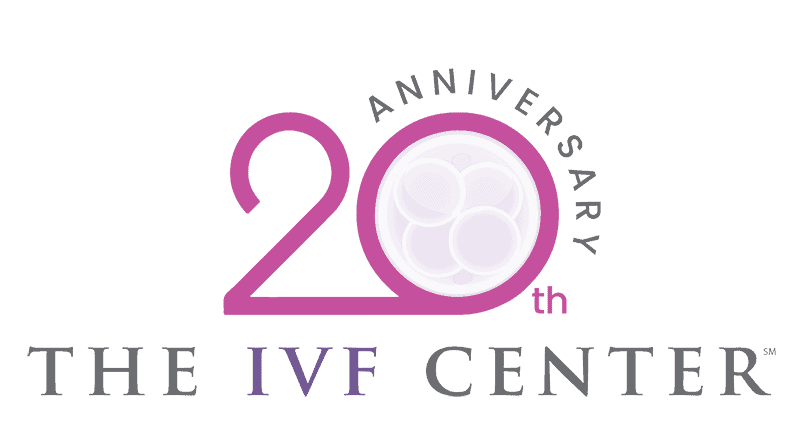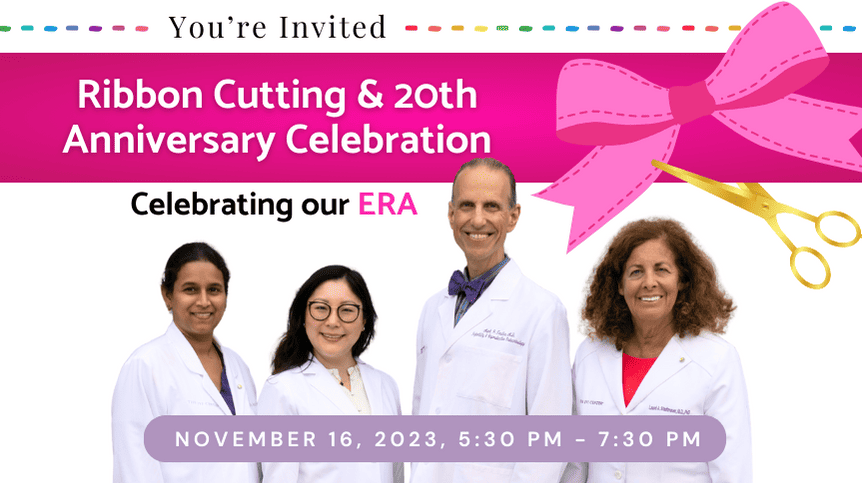Fertility clinics have been successfully freezing embryos since 1986 when the first baby spawned from a frozen embryo was born in Australia. Since that time, the embryo-freezing process has enabled hundreds of thousands of women bring babies into the world – babies as healthy as in vitro fertilization (IVF) with fresh embryos.
“Many patients have been asking me lately if frozen embryo transfer is better than fresh embryo transfer,” says Mark P. Trolice, M.D., board-certified reproductive endocrinology, and infertility specialist and founder of The IVF CenterSM.
“This started to come about from observations in medical literature over the last few years of frozen embryo transfers that were giving higher pregnancy rates. But after that data was stratified and analyzed further, it seems that there is a select patient population that will benefit from frozen embryo transfer.”
Who are they?
It’s a group of women known as hyper-responders. They include fertility patients who are on medication that produces a great number of follicles that, in turn, makes a lot of eggs.
 “All those follicles make a lot of estrogen and high levels of estrogen seem to have a negative impact on embryo implantation at the lining of the uterus or endometrium,” says Dr. Trolice. “It’s not that those women won’t conceive, but it seems that the pregnancy rates seem to be lower for hyper-repsonders.”
“All those follicles make a lot of estrogen and high levels of estrogen seem to have a negative impact on embryo implantation at the lining of the uterus or endometrium,” says Dr. Trolice. “It’s not that those women won’t conceive, but it seems that the pregnancy rates seem to be lower for hyper-repsonders.”
As a result, Dr. Trolice uses a different fertilization and implantation strategy for women classified as hyper-responders.
“For hyper-responders we recommend doing a freeze-all cycle, for two reasons,” he says. “One, to improve the implantation rate but also to reduce the risk of ovarian hyperstimulation.”






